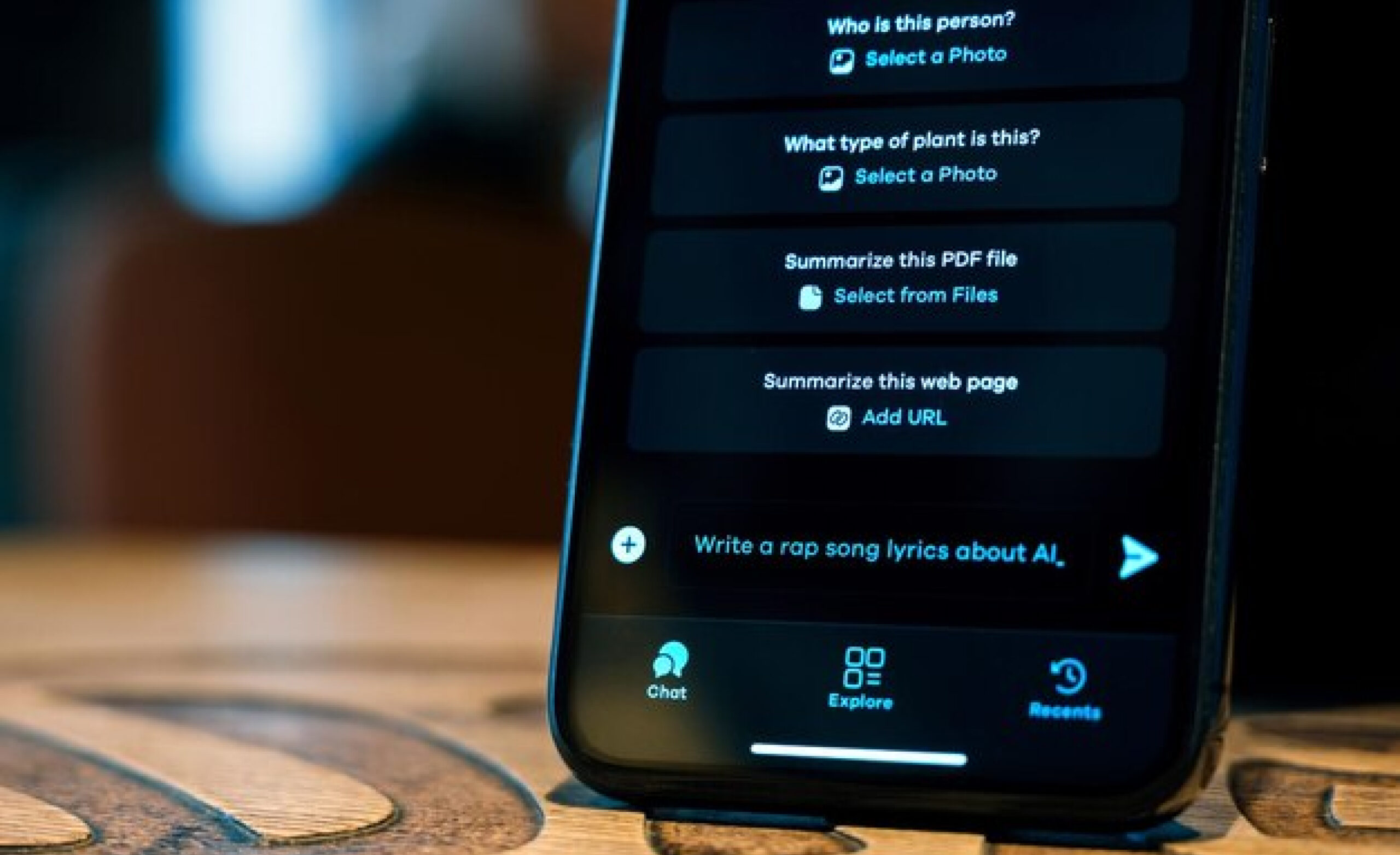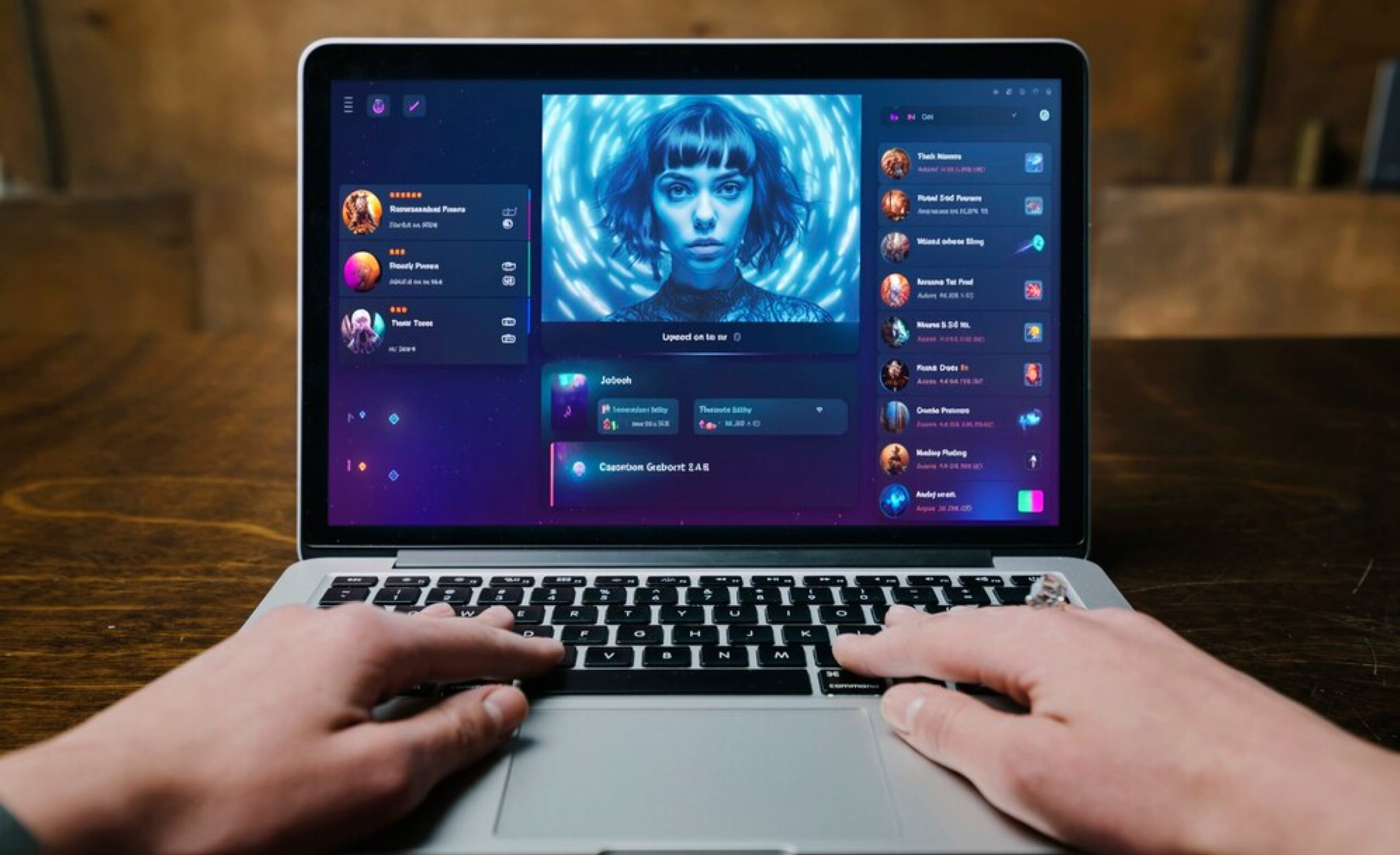The Human Touch in Digital Content
Even as we dive headfirst into a world dominated by clicks, codes, and artificial intelligence (AI), there’s a truth we can’t ignore: the warmth, creativity, and empathy of human touch in content creation. Sure, AI tools are great for making our workload lighter, allowing us more time to focus on big-picture strategies, face-to-face client interactions, and everything else that requires that human spark. In 2024, embracing digital tools is a must for any entrepreneur, but remember, they’re here to assist, not take over our creative essence.
Creativity Meets Structure
When creating social media content in 2024, entrepreneurs and content creators need to organize their work well. This means planning what kind of content to post, when to post it, and who it’s for. This organization helps make sure every post is not only nice to look at but also helps achieve your business goals. By having everything planned and ready, you can work more efficiently. This saves time and ensures you’re always ready to share something interesting with your audience. Plus, when everything is organized, you can easily track how well your posts are doing and adjust your plan to make them even better.
Exploring Tools for Content Excellence

We’re about to dive into 4 essential tools that promise to alleviate the stress of content creation, making it easier for entrepreneurs and content creators to produce engaging, high-quality social media posts. Remember, these are just examples, we’re keen to learn from your experiences with these or any other tools. Our insights come from both our internal marketing team and ongoing discussions with partners.
Chat-GPT uses a type of AI called deep learning to write text that sounds like it was written by a person. It learns from a huge amount of stuff written online to get better at understanding how people talk and what words they use. Then, people help it learn by picking the best answers it gives, making it smarter and better at talking over time. This means the more it’s used, the better it gets at making text that fits what you need.
- Provide a clear, detailed context and explain the task’s purpose.
- Share insights about your audience from analytics tools to tailor the content.
- Outline your content goals and the big picture of your campaign.
- Specify the tone (formal, casual) to match your brand’s voice.
- Include keywords for SEO and to appeal to your audience.

Midjourney is an AI tool that excels in creating visually stunning images from text prompts. It prefers generating images that are not only sharp and detailed but also artistically pleasing, often drawing inspiration from a variety of art styles and historical periods.
- Be specific with your prompts, using technical terms if necessary.
- Clearly state the vibe or style you’re aiming for to guide the AI.
- Mention preferred color schemes or visual elements to align with your brand’s aesthetic.
- Indicate any specific artistic influences or themes you want to incorporate.
- Provide examples or references to help the AI better understand your desired outcome.

Planable is a platform designed to simplify social media content planning and collaboration. It allows teams to work together seamlessly, ensuring that content is consistent and aligned with the brand’s voice.
- Use its collaborative features to gather feedback and refine content.
- Take advantage of scheduling capabilities to maintain a consistent posting rhythm.
- Utilize the preview function to see how posts will look before publishing.
- Leverage the tagging and comments feature for efficient team communication and edits.
- Organize content with labels and filters for easy navigation and planning.

Figma is a powerful design tool that facilitates the creation of high-quality visuals. It supports collaboration, making it easier for teams to work together on visual content.
- Leverage its collaborative features for real-time feedback.
- Utilize templates and design systems to ensure brand consistency across posts.
- Use Figma’s version history to track changes and revert to previous designs if needed.
- Implement Figma’s plugins to automate tasks and enhance design workflows.
- Share design prototypes directly within Figma for quick team reviews and client presentations.

Structuring for Creative Freedom
By structuring your approach and leveraging these AI and teamwork tools, you can optimize your social media content process. This not only saves time but also prevents you from getting mired in routine, keeping the creative spark alive. Creativity and innovation need space to breathe, by automating and streamlining where possible, you give yourself the room needed to explore new ideas and strategies. We’re excited to hear your thoughts and learn how you’re using these tools to transform your social media content creation.
Related Articles

AI Agents Explained in Simple Terms
Discover what AI agents are, how they work, and why intelligent agents are reshaping automation across industries.

AI Solutions for HR That Transform Hiring and Retention
AI solutions for HR are transforming hiring and retention with faster recruitment, better cultural fit, and lower turnover rates.

Cross-Chain dApps Are Shaping Web3
Cross-chain dApps are shaping Web3 by streamlining UX, improving contract monitoring, and bridging fragmented blockchain ecosystems.
